How To Get The Perfect Lawn
To get the perfect lawn for your every need, simply answer these questions and allocate them to a suitable lawn, by talking to one of our Sales Representatives or by reading one of our brochures.
- How many hours of direct sunlight do you get?
- Is the lawn for ornamental or recreational use?
- Do you have children, pets or frequent traffic?
- Do you prefer a finer or coarse leaf lawn?
- How much time do you have to maintain your lawn?
- Are you in a frost-affected area?
- Is your soil and drainage structure adequate?
- What type of lawn adjoins or surrounds your property?
- Environmental turf selection is one needing less fertilising, watering and herbicides?
Measuring
(Each roll is 600 width x 1.600 length) With a tape, measure the area of your planned lawn. Include measurements on a sketch of the lawn area, with the length, width and any unusual features. Our sales staff – servicing areas like Sutherland, Hawkesbury, Campbelltown, Sydney and Northern Beaches – will be happy to calculate the amount of turf required.
Schedule your order for delivery after turf preparation work is completed. You are now ready for prompt turf installation on the day of delivery. This is crucial to a strong beginning for your lawn, also this will avoid discolouration of your new lawn.
Soil Preparation
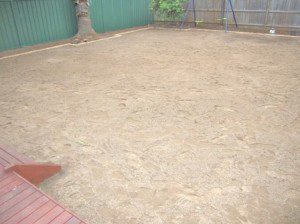
For best results the existing turf and weeds should be removed from the site, or use a good quality herbicide as per directions. Allow two weeks for it to take affect depending on weather. A second spray may be required if weeds are not completely dead.
Rotary Hoeing is a recommended procedure for aeration of soil to stimulate root growth. If the site soil has good qualities you may not be required to purchase new soils. If imported soil is required, measure the area, also note the height of soil you require. Contact your local soil supplier with the measurements and they can supply you with the amount desired.
Rake and smooth the soil removing any rocks, roots or debris. Roll the area lightly with a lawn roller. This will firm the soil and reveal low areas that need more soil. Keep the soil level under or below footpaths and driveways. Water the prepared area to settle soil. Lightly touch up any uneven areas and you are ready to lay your new lawn.
PH Soil Testing
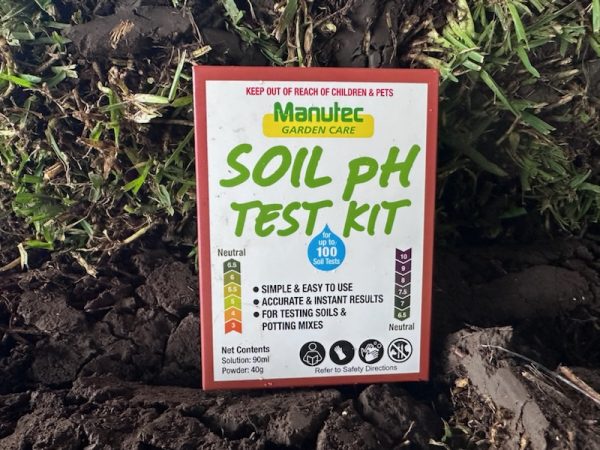
Once this is achieved, a soil test should be taken to check PH levels and/or trace elements (PH levels should be between 6.57.0.) A soil structure test should be taken to find out if the soil has clay, if it is sandy or silt loam to access how much lime or Gypsum to add to soil.
All this should be done before new soil is introduced. Testing of soil that is brought in or knowing PH levels from your supplier are also very important for healthy lawn.
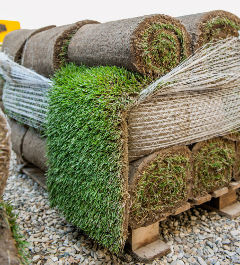
A soil test kit can be purchased from your local nursery or landscaping yard. Also drainage is very important, any subsoil age pipes and surface drainage pits should be installed at this time. Irrigation installation, electrical and/or any other services should also be installed before final
levelling of soil to all legislative acts in your state. Irrigation kits can be purchased from your local nursery or landscaping yards.
Schedule your order for delivery after preparation work is completed. You are now ready for prompt installation on the day of delivery. Your new lawn will be delivered on pellets for your convenience ,
This is crucial to a strong beginning for your lawn, also this will avoid discolouration of your new lawn.
Pre Lawn Fertiliser
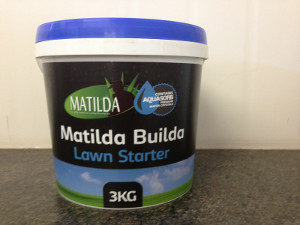
A pre lawn starter fertiliser may be applied at this time, a good fertiliser with a NPK, [Nitrogen, Phosphate and Potassium] level of 10: 6:9. New to the market is a self formulated complete fertiliser, BTS Pre Lawn Starter, specifically designed for a pre lawn starter application, apply BTS Pre lawn starter at a rate of 1Okg per 100m2 of area to be turfed.
Installing
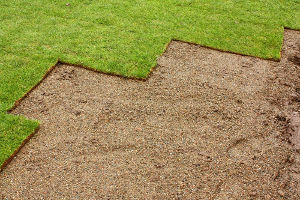
Begin installing turf along the longest straight line, such as a driveway or footpath. Butt and push edges and ends together tightly, without stretching. Avoid gaps or overlaps. Stagger the joints in each row in a brick-like fashion, using a large Stanley knife or spade to trim corners, etc. Avoid leaving small pieces of lawn on the outside edges as they will not retain moisture and will dry out quickly. On slopes, place the turf pieces across the slope. To avoid causing indentations or air pockets, avoid
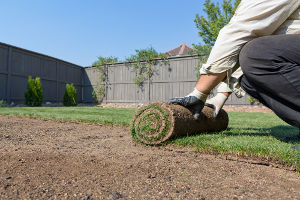
repeated walking or kneeling on the turf while it is being installed or just after watering. After installing the turf, roll the area to improve turf/soil contact and remove air pockets.
Caution in the first three weeks, avoid heavy or concentrated use of your new lawn. This gives the roots an opportunity to firmly knit with the soil, and ensures that the lawn will remain smooth.
WATERING

Begin watering your new lawn within 30 minutes of installation. Be sure to water your new lawn and give your new lawn at least 25mm of water immediately after installation. Water daily or more often, keeping turf moist until firmly knitted (about two-three weeks). Then less frequent, but deep watering should begin once turf has firmly knitted with soil. Weather
conditions will dictate the average and frequency of watering. Be certain that your new lawn has enough moisture to survive hot, dry, or windy periods.
Water near buildings more often where reflected heat dries the lawn. A good guide for how much water should be placed on a new lawn is approximately 25mm each day for seven days. To measure 25mm, place a bowl near the perimeter of the area to be irrigated to measure water rate. Once your lawn has firmly taken, then apply water as required and ensure that you adequately water.
BEFORE WATERING YOUR LAWN PLEASE CHECK IF WATER RESTRICTIONS ARE IN PLACE WITH YOUR LOCAL WATER AUTHORITY.
